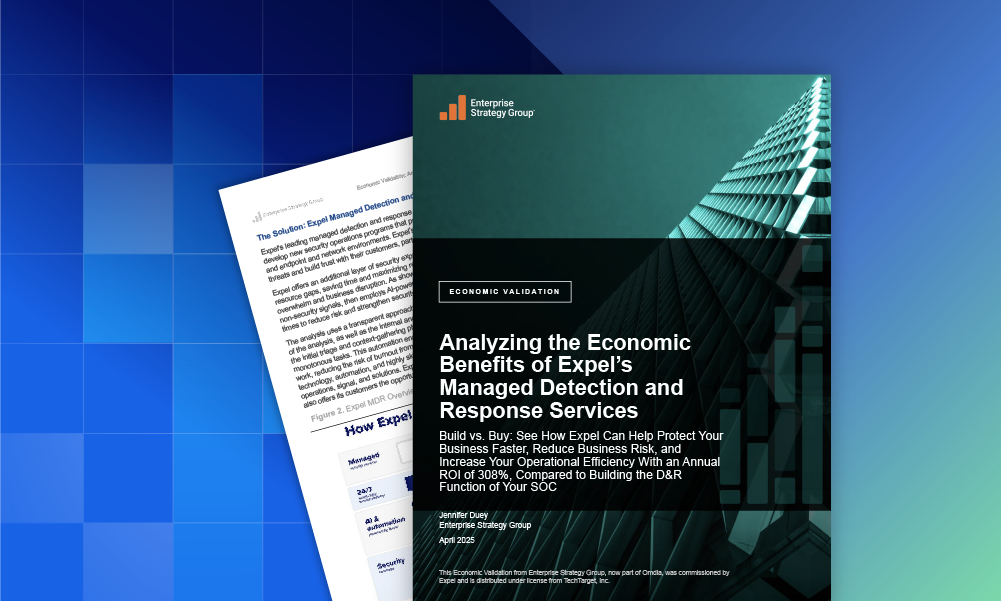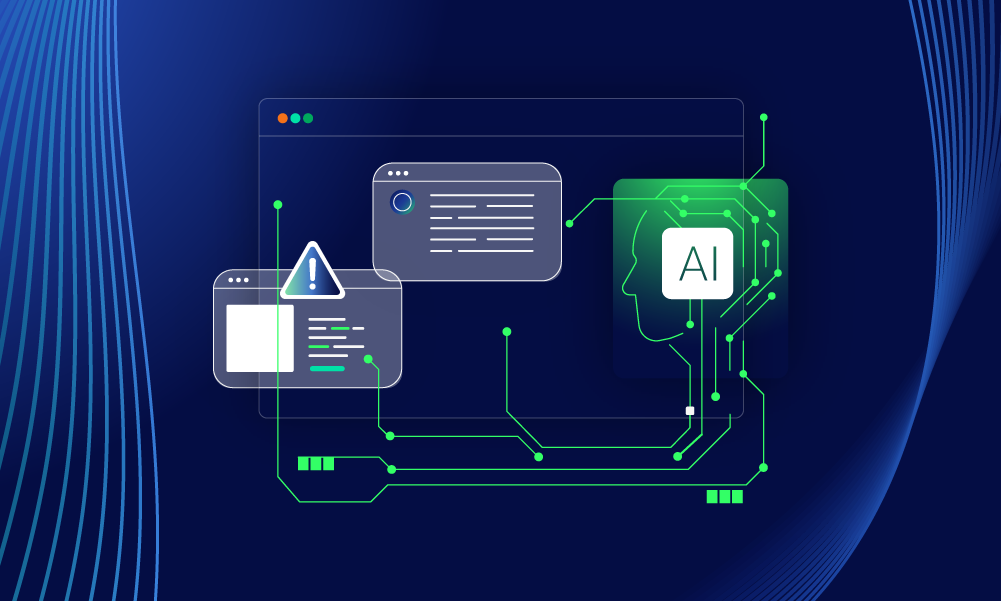Data & research · 2 MIN READ · JASON REBHOLZ · JUL 15, 2025 · TAGS: Resource
TL;DR
- The perceived cybersecurity talent gap is actually a “strategy gap” in how enterprises hire.
- Key issues include job role naming confusion, limited remote work options, lack of mental health support, lagging pay, slow adoption of AI as a senior-level priority, and more, uncovered in our latest research, the 2025 Enterprise Cybersecurity Talent Index.
- To attract top talent, enterprises must adapt their hiring strategies to better align with candidate expectations and market conditions, focusing on flexibility, competitive compensation, and AI enablement.
We’ve heard the chatter. “There’s a cybersecurity talent gap,” or “It’s a skills gap, not a talent gap.” Then there are those who say it’s neither, but rather a fundamental misunderstanding of the hires that security teams actually need to protect their organizations. At Expel, we wanted to get to the bottom of the debate.
But first, some context: enterprise security teams are in crisis. Demand for experienced personnel is soaring, cyber risk is escalating, and the threat landscape is expanding at an alarming rate. Meanwhile, the dynamics of talent acquisition are evolving faster than most hiring strategies and budgets can keep up. This volatile mix is creating a situation that could significantly impact the security resilience of global enterprises.
So, where does the fault truly lie? Is it with the talent pool, the available skills, or something else entirely? We decided to find out.
We delved deep, analyzing over 5,000 active security and security-adjacent job postings from Fortune 100 companies. Our findings were eye-opening, to say the least. The primary issue isn’t a talent or skills shortage; it’s a fundamental misalignment in hiring strategy. Enterprises are inadvertently alienating and even confusing candidates, causing cyber strain for current team members, and pushing highly talented professionals toward other fields, often in emerging areas like the nascent observability industry. Ironically, the strategy gaps within these enterprises are contributing to the perceived talent shortage they’re struggling with.
We undertook this research to equip organizations like yours with the insights needed to attract and recruit top cybersecurity talent. Our 2025 Enterprise Cybersecurity Talent Index report dives into several critical trends that are shaping the cybersecurity job market. Here’s a sample:
- Job role naming confusion: There’s a massive variability in titles—despite having the same responsibilities—so much so that there are clear discrepancies in compensation packages.
- The remote work paradox: While only 8% of enterprise cybersecurity roles offer remote work, a staggering 43% of the remote roles in our study attracted over 100 applicants. This clearly shows a disconnect between what candidates want and what enterprises are offering.
- Pay and perks lagging behind: Cybersecurity roles, on average, pay less and offer fewer perks, like equity packages, compared to adjacent fields.
- AI isn’t a senior-level priority…yet: While half of all job descriptions reference AI, not a single director-level or higher position requires AI knowledge or experience. This indicates a strategic blind spot at the top.
These findings—and the rest in our report—are more than just data points; they’re a roadmap. We hypothesize that enterprises that actively consider these insights when building their hiring strategies will not only differentiate themselves, but also find it significantly easier to attract and keep the high-caliber talent they desperately need. The “talent shortage” or “skills gap” narrative will begin to fade as top applicants find opportunities that truly align with their expectations, allowing enterprises to build resilient defenses around their most valuable assets.
Ready to stop blocking your own success and start attracting the best in the business?
Download the 2025 Enterprise Cybersecurity Talent Index (no registration required) to learn more.






